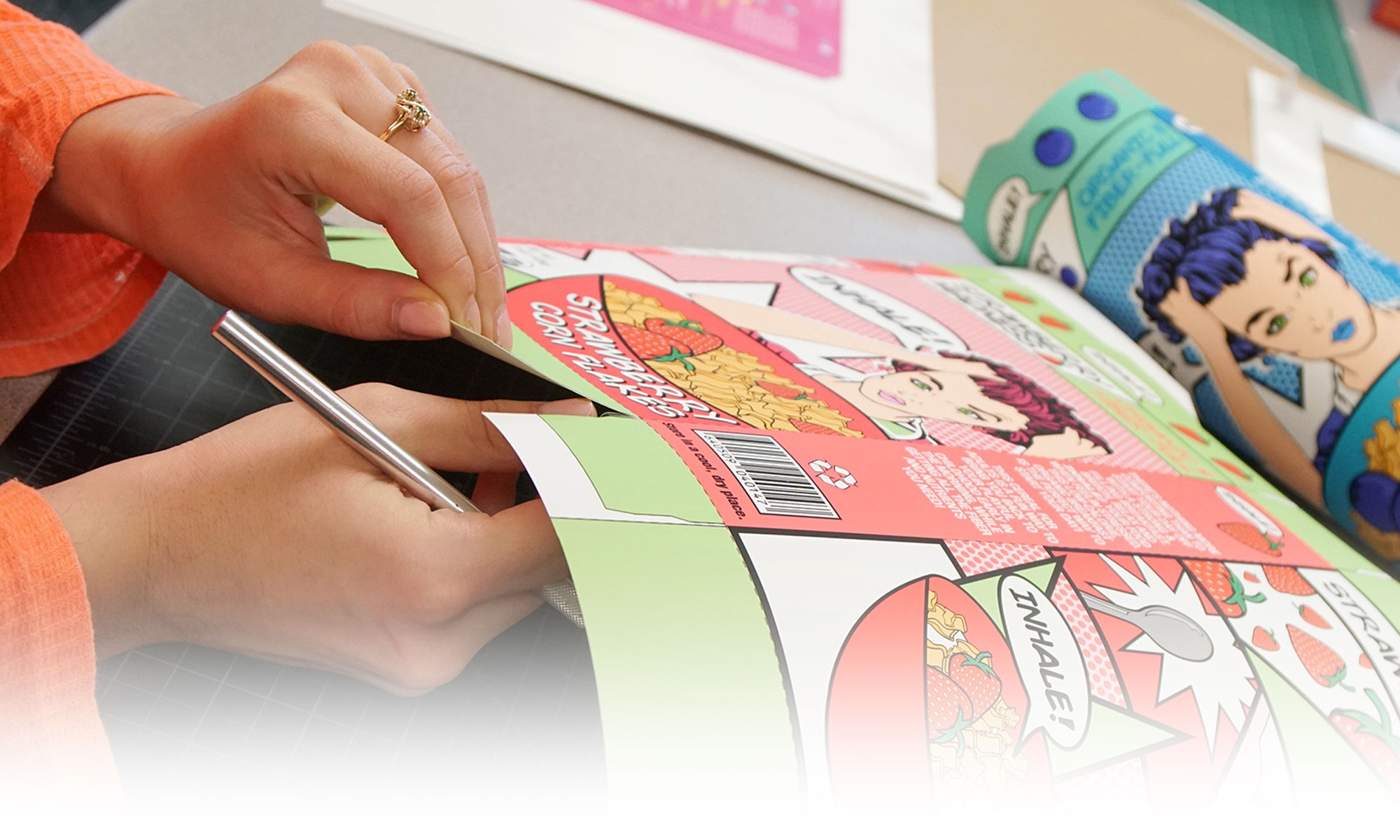Here are few common questions asked by prospective students and parents with their answers to clear their doubts regarding design education.
Yes, students from any stream at +2 level can opt for design, if they meet the minimum requirements as prescribed by the university.
Pursuing a career in design requires that you be creative. Students normally express their creativity through drawing and painting during their school days, for want of any other alternative. It helps to have good drawing and painting skills, but they are not absolutely essential for a career in design. The first year of design (foundation) equips you with these skills.
Yes, students applying for design in IITs have to take UCEED and those applying for NIDs have to clear DAT. Other design schools may have their own entrance examinations or might accept valid UCEED or NID-DAT scores. SDS accepts UCEED, NID-DAT, NATA (for architecture), NIFT and KS-DAT (conducted by LBS for Kerala Govt.) scores. Make sure you clear one or more of these to get admission in SDS. Additionally, you will also have to clear SDAT (Saintgits Design Aptitude Test) which is conducted a few times a year from May onwards to get admission to SDS. Check our website regularly for announcements.
There are coaching centres in many cities which train students to crack UCEED, NID-DAT, NATA and other entrance examinations. Attending them for a year or two equips students with skills to tackle these examinations in a methodical way. But they are not essential if you have good skills and are creative. You can also download previous years question papers from their sites and attempt them to gain practice.
Yes, it is good to collect your creative works and put them together as a portfolio for your interview to any design school. If you don’t have one, make one on your own to showcase your skills and ideas. You can also bring your actual works, if they are handy or take photographs of works which cannot be carried with you. Label them, write a short note, put them together as an album. Digital presentations or images on phone may not be encouraged at this stage.
As compared to courses like B Com. or B Tech., design might seem expensive, but when compared to MBBS or BDS, not so much. Design courses can cost anywhere between Rs. 5-10 lakh per year in premier design schools. This includes tuition fees, hostel fees and mess fees. In addition, you may have to buy a laptop computer, DSLR/Mirrorless camera, Wacom tablet, iPad etc. and much materials and stationery during the course. At SDS, costs are much less when compared to other schools.
Many design schools still have written examinations and follow the learning by rote method. At SDS, we follow the pattern of classical design schools and follow the learning by doing method. So, yes, we do not have written examinations. But daily assignments, continuous evaluations and end-semester juries will keep you busy.
While it is true that there are no prescribed text books for any course in design, there are many reference books that you need to go through and read to come up with ideas and reasoning for your works. You don’t need to mug up or memorise anything, but you will have to do a lot of research and referencing for every assignment.
There are still very few design schools in the country to cater to the increasing demand, hence job prospects are very bright now. Students normally end up with a few job offers by the time they do their internship and projects in the industry. SDS will also arrange for campus placements in the final year. Having said that, many students prefer to start their own design consultancies after graduating to have wider variety in their work.
Good question, you don’t have to decide that upfront. During foundation, we will expose you to these disciplines, their nuances, challenges and more. You will listen to practitioners from the industry, see many works and can come to an informed decision by the end of the foundation year. The faculty will also help you in selecting your discipline, analysing your strengths and weaknesses.
Design cannot be taught, but can be learnt. You won’t be attending hours-long lectures or writing unending essays to prove your point. You will be making and doing things, mentored by faculty who will help you finetune your ideas, often suggesting improvements at every stage. It is an iterative process, where you use your brains, heart and hands.
Art is commonly defined as the expression and application of creative skill and imagination. Design is defined as a plan or specification for creating an object, system, activity or process. Users are always central to design, designs are often meant to be functional and have a purpose, where as art can exist on its own without any purpose or target user. Do designers should always realise that they are designing for someone else, not for yourself. That is a huge responsibility.
After graduating in design, one can also do post-graduation in design, if one need to specalise or change tracks. A graduate in Product design can do his/her Masters in Automobile design or a graduate in Communication design can do his/her Masters in Animation design or so on. Design graduates can also do post-graduation in Design Management. For the research-minded, a PhD in Design is a good option and is being offered in many design schools.
SDS has faculty drawn from premier design schools from India and from abroad. In addition, we have practising designers coming in as visiting faculty from time to time to give a wider exposure. Workshops, field visits and guest talks are often held to expose students to various viewpoints.
More questions? Feel free to ask. Write to us at sds@saintgits.org
